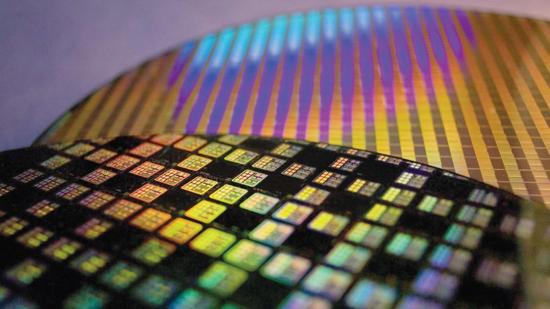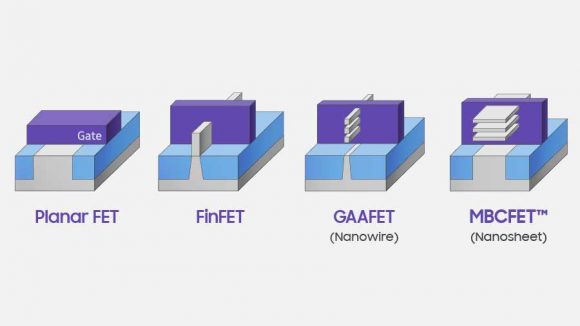Big John Carmack (or just Big John to his friends) is expecting another couple of process node shrinks for traditional CPU silicon, “but it is going to get an end of the line” after that. Speaking on The Joe Rogan Experience podcast, Carmack covers a whole host of topics, from his early days to his work at Oculus, but also looks to the end of Moore’s Law and the end of the line for silicon processors. And wears a dreadful dad-shirt too. Seriously, John?
Because of the cost of building new fabs – the multi billion dollar cost – there are only a handful of companies left in the high-performance silicon game. Notably TSMC, Samsung, and Intel. You can kind of toss Global Foundries in there, though it threw in the towel owing to the difficulties it was having in getting its 7nm process working. Though that hasn’t stopped it from trying to claim some kind of IP shenanigans regarding that node as it seeks to squeeze some cash out of TSMC, Nvidia, and others.
It kind of depends on what Carmack sees as ‘nodes’ but TSMC has got visibility down to what it is calling its 3nm (or N3) process, by way of an updated 7nm (N7P), 6nm (N6), 5nm (N5), and updated 5nm (N5P) process.
“They will have full confidence that we’ll see a couple more node shrinks,” says Carmack. “so it’ll still make chips cheaper, somewhat faster, more cores on them, but it’s going to get an end of the line.
“But I hold out hope for potential other things, you know. There are directions that maybe you have your carbon nanotube wires, or you’re starting to be able to do some things with photonic processing in different ways. There are possible outs for it, but I don’t know that any of them are a sure enough things to really be counting on at this point.”

We have just heard about the first carbon nanotube processor being built using existing, standard fabrication technology, but so far that’s still only rocking some 14,000 transistors. Considering the Ryzen 9 3900X, AMD’s latest 12-core 7nm processor, comes sporting 9,890,000,000 transistors, it looks like Carmack’s right about not counting on the ‘wonder material’ replacing silicon anytime soon…
With TSMC promising 3nm production by 2022 on the FinFET technology, and Carmack suggesting we could be hitting the wall soon after that, there’s not a lot of time left for that ‘sure thing’ to appear and keep things moving forward in die shrinks and transistor count terms.
There are still alternatives within silicon that could keep things bounding down to the 1nm level – the gate all around (GAA) tech, for example. This is being touted as offering a path to smaller nodes beyond 3nm, by essentially created multiple tubes or nanowires, rather than fins, to deliver transistors with multiple gates on them.
We might not have to rely on such futuristic materials as carbon nanotubes either, as gallium nitride has also been touted as a possible replacement. Though it has yet to be used effectively in a microprocessor it has been used in tech like powerpacks. It can hold up to far higher temperatures than silicon and can be more efficient too. But the creation of gallium nitride isn’t as mature as silicon, is a lot more expensive as a result, and it’s difficult to get the sort of purity microprocessors would need.
So yeah, basically Carmack is right – of course he is – we’re still a long way from knowing what that ‘sure thing’ will be to replace silicon, but it’s probably already in some lab somewhere.
Think we’ll get beyond 1nm with silicon? Join the conversation on this article’s Facebook and Twitter threads.

